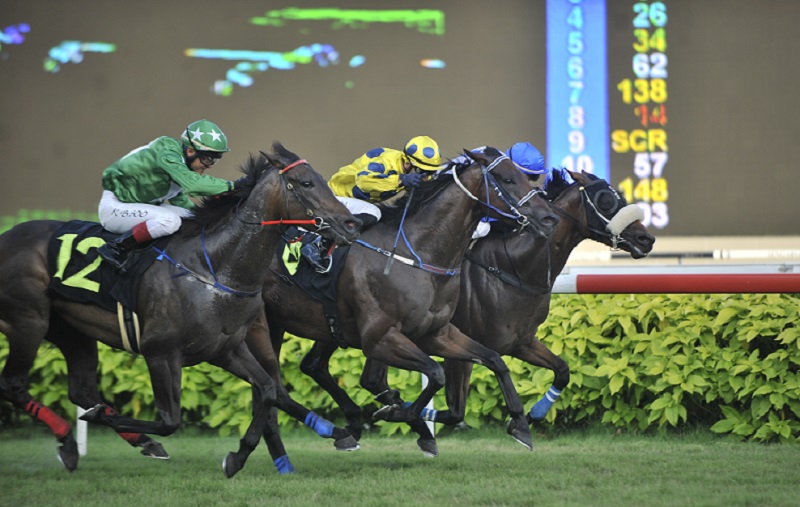24 hour contact: 01707 666297
RVC-led research will help vets in practice investigate lameness
Research into equine lameness led by a Royal Veterinary College (RVC) expert on bio-engineering will help vets in practice investigate the condition in their patients.

Dr Thilo Pfau, Senior Lecturer in Bio-Engineering, collaborated with researchers and vets from Singapore Turf Club and from the University of Agricultural Sciences in Uppsala, Sweden for the study. It was funded by the Horserace Betting Levy Board and the Racing Foundation. It will appear in the Equine Veterinary Journal and on the associated website.
The study and paper relates to the use of a new parameter (withers movement) that is consistent with the 'rule of sides' that vets use in lameness examinations to determine whether a lameness comes from front or from hind quarters of a horse.
Withers movement, which is extremely difficult to perceive by eye but can be measured with technical aids such as cameras or inertial sensors appears to be a good indicator of this 'rule of sides' and can give vets more confidence in determining the origin of a lameness. It will help vets in practice pinpoint the location of lameness more quickly, making assessment easier for horses.
Lameness, an abnormal adaptation to a horse’s gait pattern, is one of the most frequent reasons why horse owners seek veterinary advice. While there are two commonly used signs, the head nod and the hip hike, which allow veterinarians to identify the existence and the severity of a lameness, some horses may show both or may show what is called a referred or compensatory lameness.
The latter happens when a horse experiences pain in one of its hind limbs and shows an adaptation to its hind quarter movement (a hip hike) and tries to offload force production to one of the front limbs and then also showing a head nod. This complicates the search for the underlying reason of the lameness, since horses, unlike humans cannot direct the veterinarian through verbal communication, but lameness investigation can be likened to a detective’s work drawing conclusions from clues given by the movement patterns of the horse. This research makes that detection process much easier.

Racehorses at Singapore Turf Club were used in the study, along with gait analysis techniques pioneered by researchers at the RVC Equine Referral Hospital and Structure and Motion Laboratory. The work is also part of an ongoing collaborative effort with researchers from the University of Uppsala aiming at providing robust and practically relevant evidence to support clinical decision making with special emphasis on detection and grading of lameness in the horse.
The forthcoming journal article is titled ‘Head, withers and pelvic movement asymmetry and their relative timing in trot in racing Thoroughbreds in training’

